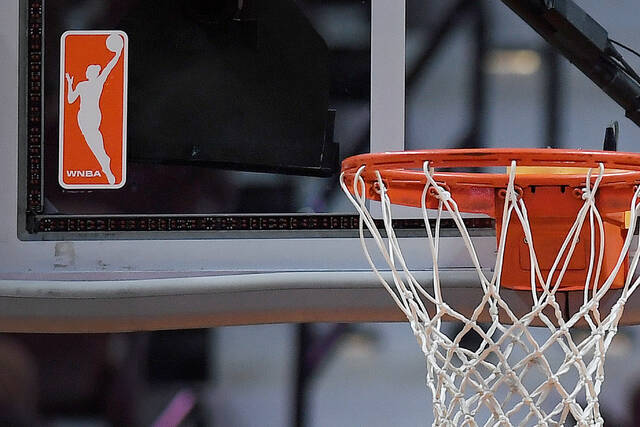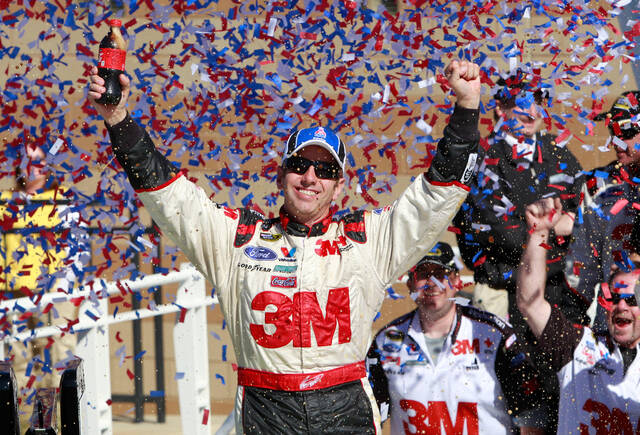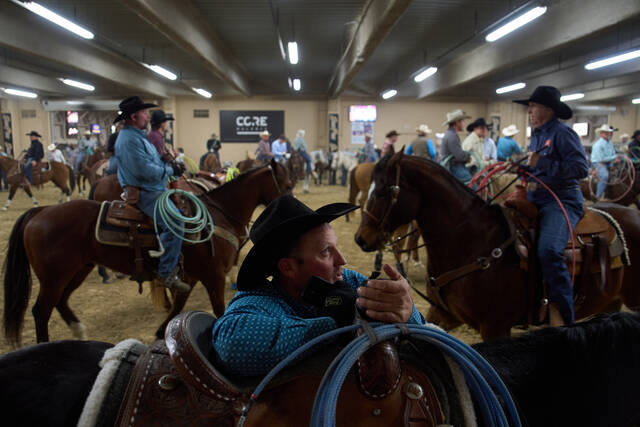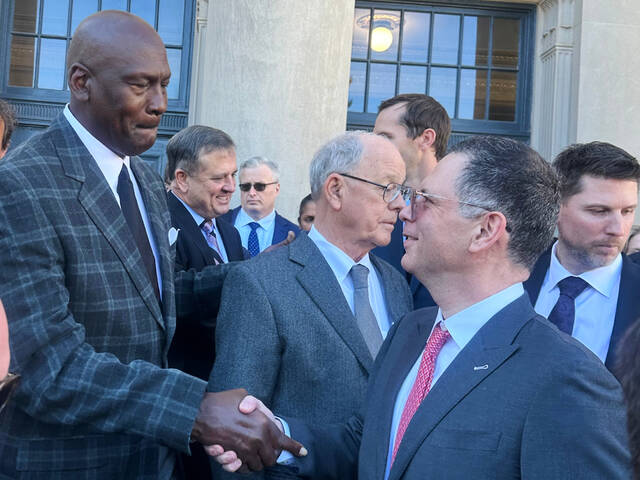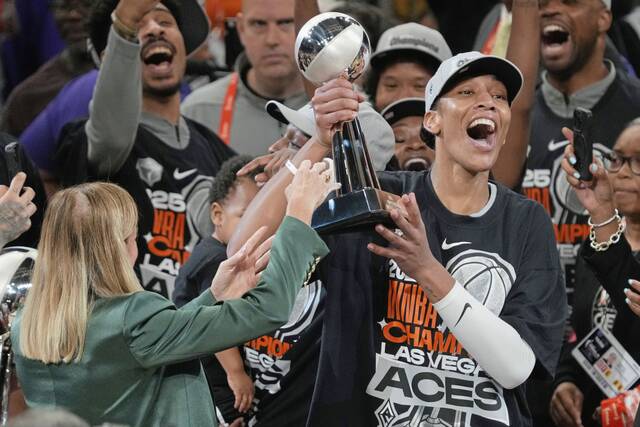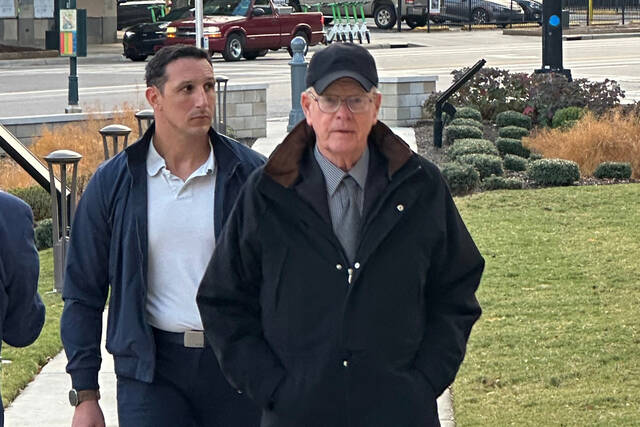The Tribune-Review is following its Best to Ever Wear It series, a daily countdown of the greatest college and pro athletes to wear every jersey number from 99 to 0/00, by honoring the Best to Never Wear It. The six athletes spotlighted didn’t wear a numbered uniform but brought pride to Pittsburgh through their sporting achievements.
Boxing: Harry Greb
Pittsburgh has a long history as a fight town, producing world champion boxers the likes of Billy Conn and Fritzie Zivic to modern-day Michael Moorer and Paul Spadafora.
None was greater than Harry Greb.
The Garfield native had such a reputation for his never-ending flurry of delivering (and absorbing) blows that he was called the Pittsburgh Windmill. Opponents knew they were in for a pummeling against the 5-foot-8 Greb, who was known for his brawling style.
“Prize fighting ain’t the noblest of arts,” Greb said, “and I ain’t its noblest artist.”
Greb fought as frequently as he threw punches, finishing with a career ring record of 261-18-18, 47 by technical knockout. He had 37 fights in 1917 (winning 34) and 44 in 1919, when he fought nine times between Nov. 17 and Dec. 22 — and won all nine.
When Ring Magazine ranked the 80 greatest fighters of the last 80 years in 2002, Greb was No. 7, behind only Sugar Ray Robinson, Henry Armstrong, Muhammad Ali, Joe Louis, Roberto Duran and Willie Pep and ahead of the likes of Sugar Ray Leonard and Pernell Whitaker.
Greb rose from the 147-pound welterweight class to hold titles as a middleweight and light heavyweight, where he handed Gene Tunney his only loss in 84 career bouts to win the North American light heavyweight title on March 23, 1922, at Madison Square Garden. It was a beating, as Greb broke Tunney’s nose in two places and opened a deep gash over his left eye. They fought five times, with the second bout a no-decision and Tunney winning three times.
Greb fought 16 Hall of Fame fighters, including six bouts against Philadelphia’s Tommy Loughran, who was ranked No. 49 by Ring in its 80 greatest fighters in 80 years. He also scored a welterweight title defense with an unanimous decision over Mickey Walker (ranked 28th by Ring) in July 1925 at the Polo Grounds.
Most impressive is that Greb fought while legally blind in his right eye after suffering a retinal tear when he was thumbed by Kid Norfolk. The beatings he delivered made Greb a feared champion, but he died of heart failure at age 32 while undergoing cosmetic surgery to repair his broken nose and damaged respiratory tract.
Conn, known as the Pittsburgh Kid, became the city’s next great champion. In 1939, he won the world light heavyweight title by beating Melino Bettina and defended that title three times before moving up in weight class to take on Joe Louis in June 1941.
Conn led on scorecards through 12 rounds before trying to go for a knockout in the 13th. Instead, Louis delivered the KO. Both served in World War II, so it took five years for a rematch at Yankee Stadium, which Louis won by knockout in the eighth round.
Moorer, who grew up in Monessen but fought out of the famed Kronk Gym in Detroit, was a dominant light heavyweight champion who abandoned his belt to fight as a heavyweight. He became the first southpaw to win the world heavyweight title when he defeated Evander Holyfield by majority decision in 1994. In his first title defense, however, the undefeated Moorer was leading 45-year-old George Foreman for 10 rounds before getting knocked out.
Spadafora, born in Sharpsburg but raised in McKees Rocks, became another southpaw world champion and Allegheny County’s first since Conn when he beat Israel “Pito” Cardona for the vacant IBF lightweight title in August 1999. Spadafora made eight successful title defenses before a draw with Leonard Dorin, after which he relinquished his belt to move up to light welterweight.
No list is complete without Charley Burley. Born in Bessemer, Lawrence County, he is regarded by some as one of the best fighters ever from Western Pennsylvania and the best to never win a world title.
Burley, a Black man, objected to Adolph Hitler’s Nazi regime and declined an invite to compete in the 1936 Olympic Summer Games in Berlin. He was 83-12-2 with 50 KOs as a pro, beating Zivic two out of three and defeating the likes of Soose and Archie Moore, who called him “the greatest all-around fighter” he’d ever seen.
Ring Magazine ranked him No. 39 on its greatest fighters list, 18 spots ahead of Conn and 22 behind Greb.
Check out the entire ’Burgh’s Best to Wear It series here.



